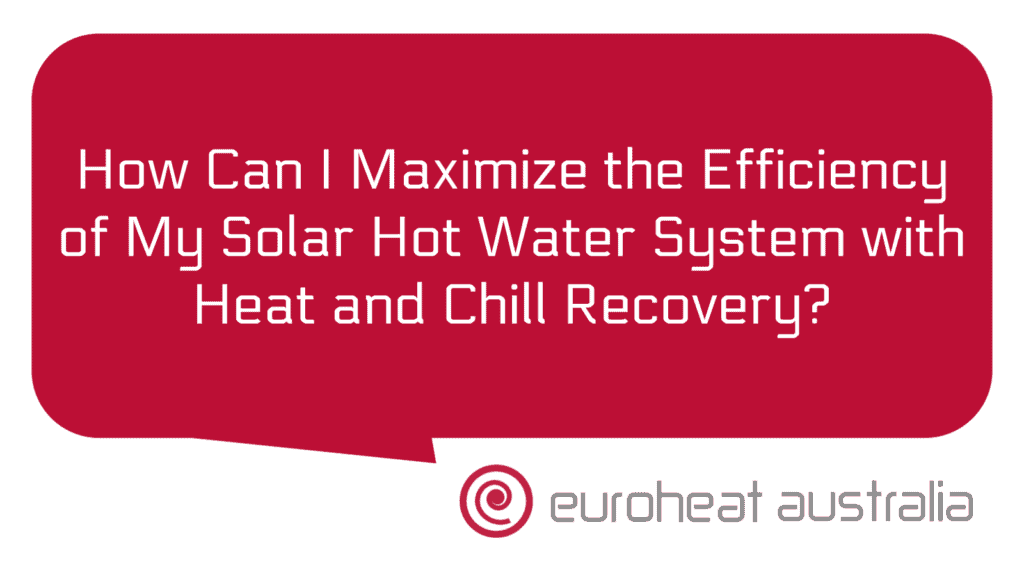With Australia’s hot summers and cold winters, it can be difficult to keep your home comfortable all year round. Geothermal heating and cooling systems are becoming increasingly popular among Australian homeowners as they provide a cost-effective way to maintain a comfortable temperature in your home all year round.
Geothermal heat exchangers use the natural energy stored in the Earth to heat and cool your home. This form of renewable energy is both environmentally friendly and cost-effective. To understand more about geothermal heat exchangers, we’ve broken down the different types available for you to choose from:
Vertical Loop Heat Exchanger – this type of geothermal heat exchanger is installed by drilling deep into the ground and inserting a loop of pipe that circulates a mixture of antifreeze and water between the surface and underground. The mixture absorbs heat from the ground which is then transferred to your home via a heat pump, providing you with efficient heating or cooling.
Horizontal Loop Heat Exchanger – this type of geothermal heat exchanger is installed by excavating trenches that run horizontally through the ground, with pipes inserted within them. The pipes are connected to a heat pump which circulates the antifreeze/water mixture through them, absorbing natural energy from the Earth in order to provide efficient heating or cooling for your home.
Open Loop Heat Exchanger – this type of geothermal heat exchanger uses an open body of water (such as a lake or river) as a source for its heating/cooling capabilities. The water absorbs natural energy from its environment before being pumped back into your home via a heat pump, providing you with efficient heating or cooling.
Closed Loop Heat Exchanger – this type of geothermal system uses a closed loop system which pumps an antifreeze/water mixture from inside your home through underground pipes which absorb natural energy from their environment before being pumped back into your home via a heat pump, providing you with efficient heating or cooling
When deciding on which type of geothermal system would best suit your needs, it’s important to consider factors such as cost and availability of land space for installation purposes. For example, vertical loop systems require deep drilling which can be expensive but can be installed in confined spaces whereas horizontal loop systems require more land space but are cheaper overall due to reduced drilling costs.
Installing any one of these types of Geothermal systems will not only help you save money on monthly utility bills but also help reduce your carbon footprint as these renewable energy sources do not emit any greenhouse gases into the atmosphere. Additionally, many homes have reported up to 40% reduction in operational costs after installing one of these systems!
Euroheat Australia is one company that offers design & installation services for hydronic heating & cooling systems based out in Perth with over 30 years experience within this industry – so if you’re looking for reliable professionals who understand how best to install these systems then Euroheat Australia should be at the top of your list!





